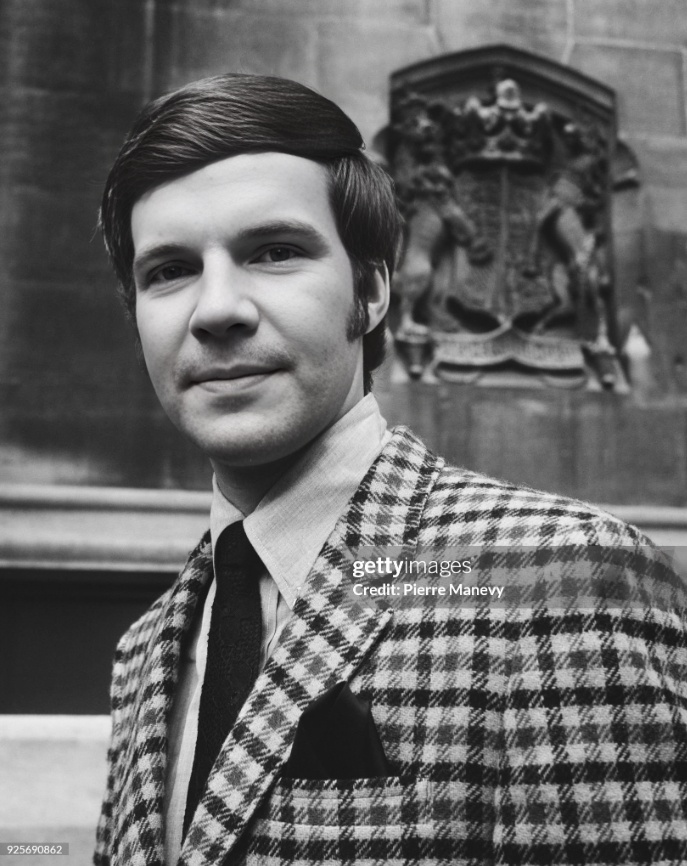
“Rubber Ball,” a catchy and upbeat tune, is a classic example of early 1960s pop music, forever associated with the clean-cut image and smooth vocals of Bobby Vee. Emerging during a pivotal time in rock and roll history, Vee offered a polished and accessible sound that resonated deeply with teenage audiences. Born Robert Thomas Velline in Fargo, North Dakota, Vee rose to fame at just 15 after filling in for Buddy Holly following the tragic plane crash that took Holly’s life. This sudden break propelled him into the spotlight, where he quickly proved his talent and staying power.
“Rubber Ball,” released in 1960, became one of Vee’s signature songs, reaching number one in Australia and New Zealand and peaking at number 6 on the Billboard Hot 100 in the US. Its infectious melody and relatable lyrics about bouncing back from heartbreak solidified Vee’s position as a teen idol. The song’s simple yet clever metaphor compares a broken heart to a rubber ball – capable of bouncing back even after being dropped. This optimistic outlook on romance, combined with the song’s cheerful instrumentation, made it a hit at sock hops and on transistor radios across the nation.
Audience response to “Rubber Ball” was overwhelmingly positive. Its lightheartedness and catchy hook made it instantly appealing to younger listeners craving a less rebellious, more innocent form of rock and roll. The song’s enduring popularity is a testament to its universal appeal, continuing to be a nostalgic favorite and a reminder of a simpler time in music history. Even today, “Rubber Ball” evokes feelings of youthful optimism and resilience, proving its lasting impact on popular culture.